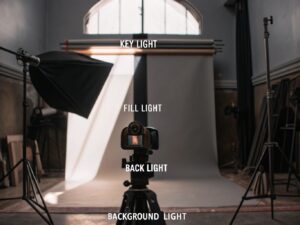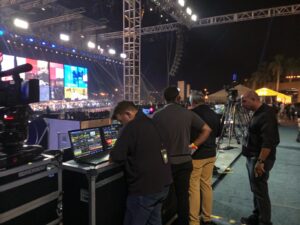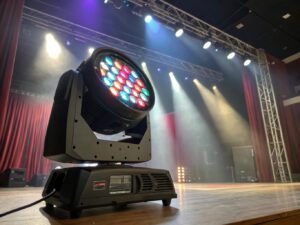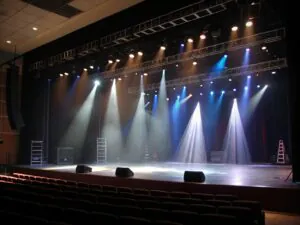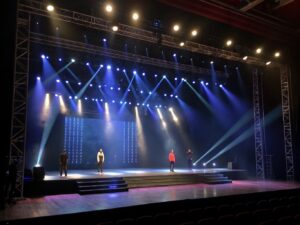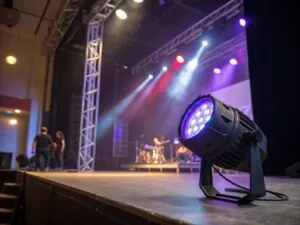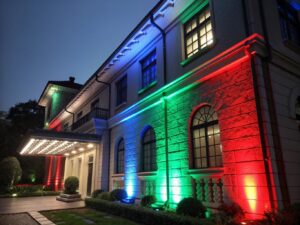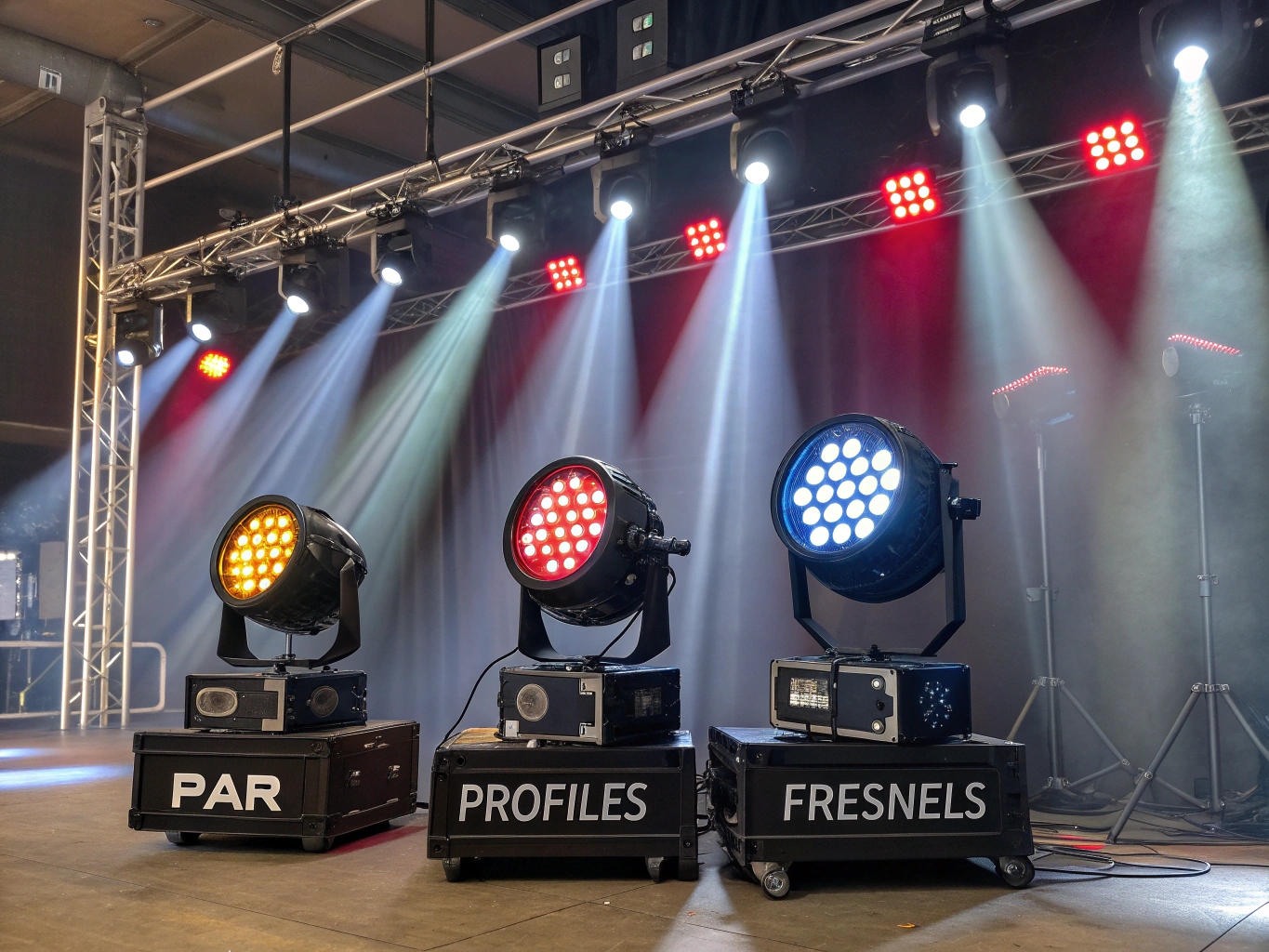
What Should You Know About a Stage Lighting Factory?
Thinking of starting a brand or just curious about factory pricing? The world of manufacturing is far more complex than it appears from the outside. A wrong step can be incredibly costly.
A true stage lighting factory is an ecosystem of research, engineering, and strict quality control. It's not just an assembly line; it's where ideas become reliable tools that must perform flawlessly under the most demanding conditions night after night.

When I started Monalight, I didn't begin by building a factory. I began with an idea born from 19 years of experience on stages, seeing what worked and what didn't. The factory came later, born from a need to control every single step of the process to guarantee the quality I stand for. The journey from being a technician1 to running a factory has taught me that what happens inside these walls is the most critical part of any light's story. Let's pull back the curtain.
How to get into the stage lighting business?
Do you have a great idea for a new lighting fixture? That's exciting, but an idea alone is not a business. The path from concept to a successful brand is long and filled with challenges you might not expect.
Start by immersing yourself in the industry to understand the market's true needs. Then, find a specific niche to focus on. You can partner with an existing factory (OEM/ODM) before considering the massive investment of building your own manufacturing facility.

This is a question I get asked a lot. My answer is always the same: learn first. Work as a technician like Nick, work in sales, work in rentals. You must understand the pain points of the end-user. What do they need that they don't have? My philosophy for Monalight—"quality is life, innovation is soul"—came directly from seeing gear fail on tour. Once you have that deep knowledge, you can choose your path. Most new brands don't start by building a factory. They start with an Original Equipment Manufacturer (OEM) or Original Design Manufacturer (ODM) relationship. This allows you to leverage an existing factory's expertise and infrastructure to bring your idea to life without the multimillion-dollar investment and risk of building your own facility from scratch. Building your own factory is the final step, taken only when you need absolute control over innovation and quality.
Paths to Entering the Market
| Path | Description | Pros | Cons |
|---|---|---|---|
| OEM | You provide the design; a factory builds it for you. | Lower startup cost; faster to market. | Less control over quality; reliant on partner. |
| ODM | You choose a pre-existing design from a factory and brand it as your own. | Very low cost; very fast to market. | No unique product; many competitors. |
| Own Factory | You build and manage your own manufacturing facility. | Full control over quality and innovation. | Extremely high cost and risk; complex to manage. |
Who are the top lighting manufacturers?
Feeling lost in a sea of different lighting brands? You need gear you can trust, but it's hard to know who really delivers on their promises. Choosing the wrong one can jeopardize your entire show's reliability.
The "top" manufacturers are known for innovation, rock-solid reliability, and global support2. Industry titans include Martin, Robe, and Claypaky. However, many other brands, like us at Monalight, focus on delivering exceptional quality and value for specific market needs.
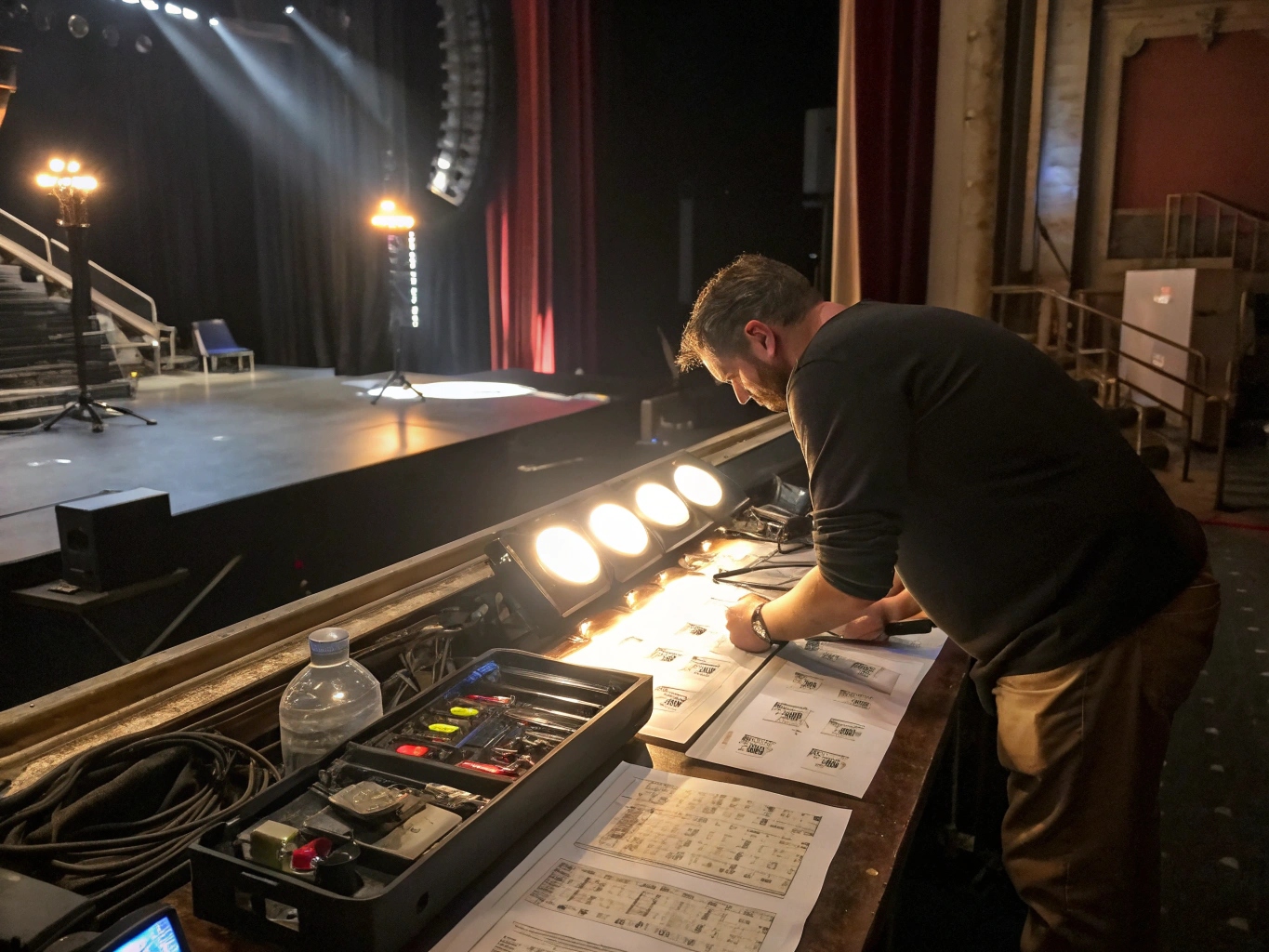
When we talk about "top" manufacturers, it's not just about who is the biggest. We need to think in tiers, each serving a different purpose. There are the undisputed industry leaders, the pioneers whose gear you'll find on the world's biggest tours. Their products are incredible, but they come with a premium price tag. Then there are the workhorse brands that form the backbone of countless rental houses and installations. They are known for producing solid, reliable equipment that offers a great balance of features and cost. Finally, there are specialist manufacturers like us. At Monalight, we don't try to be everything to everyone. We focus on our core philosophy: building stable, reliable, and creative solutions. For a technician like Nick, "top" means finding a partner whose gear won't fail mid-show and whose value proposition makes sense for his company. The best brand for you is the one that best fits your specific application and budget.
Why is stage lighting so expensive?
Have you ever looked at the price of a professional moving head and wondered why it costs so much? It's easy to assume it's just a high markup. The reality is that immense cost and engineering are packed into that small box.
Stage lighting is expensive because of massive investment in Research & Development3 (R&D), precision-engineered components4, rugged tour-proof construction, and exhaustive quality control. You're paying for guaranteed performance and reliability under extreme stress, not just for parts.
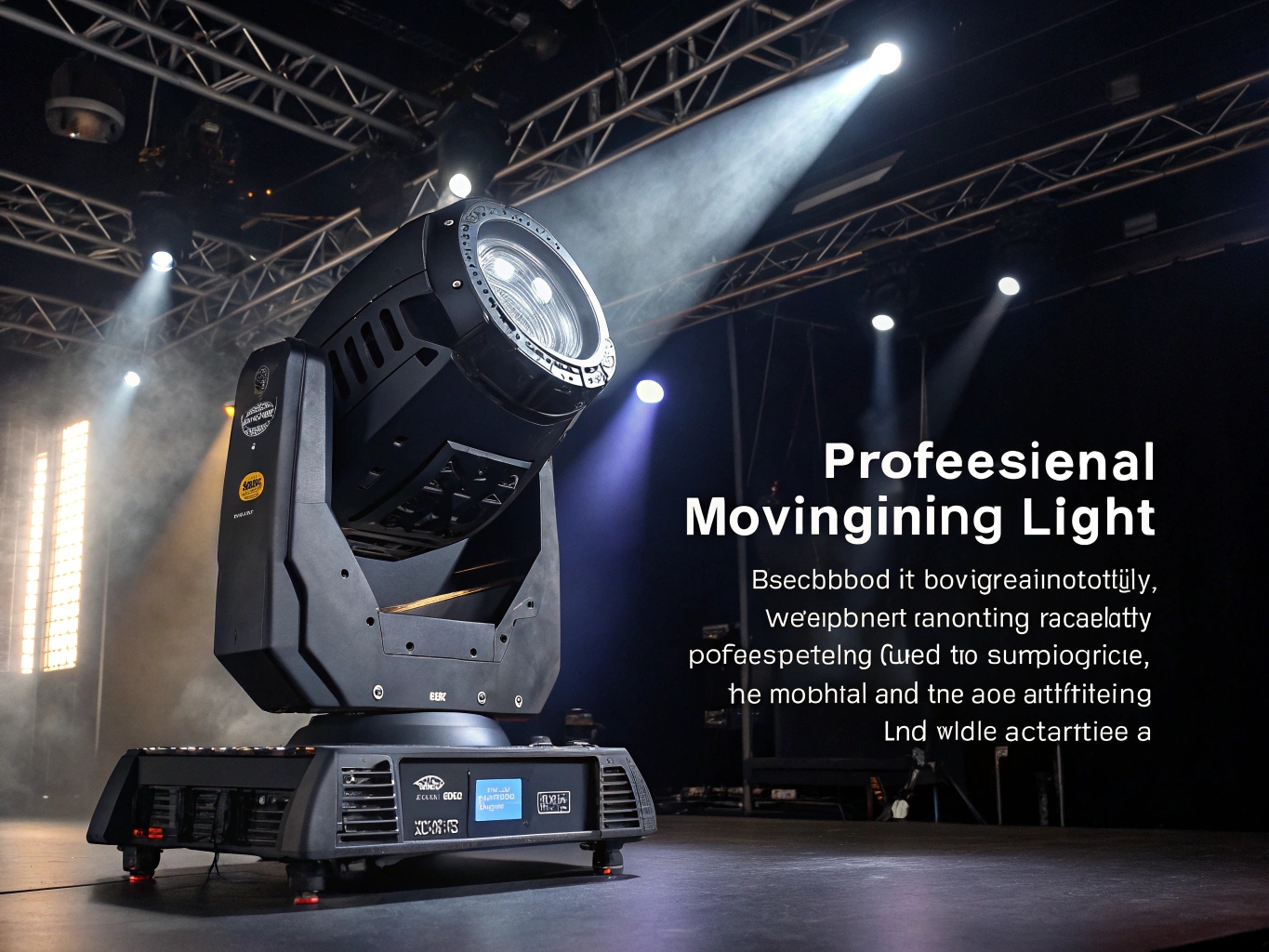
Let me walk you through my factory. Before a single fixture is assembled, my engineers spend months, sometimes years, in R&D. They design custom optics for the perfect beam, create advanced cooling systems to protect the LED engine, and write the software that makes it all work. These are highly skilled people and this process is costly. Then come the components. We don't use off-the-shelf parts. We source high-CRI LED engines5 for perfect color, silent stepper motors for smooth movement, and flawless lenses. Finally, there's the testing, which is where I am most obsessive. Every Monalight fixture is put on a vibration table to simulate years of road travel. It sits in a heat chamber to ensure it works in hot conditions. And it goes through a 24-hour burn-in where every function is tested repeatedly. This is what you are paying for: the peace of mind that a technician like Nick needs when the show starts. You're paying for reliability.
Breakdown of a Fixture's Cost
| Cost Component | What It Includes |
|---|---|
| Research & Development | Engineering, software design, prototyping, patent fees. |
| Raw Materials & Components | High-quality LED engine, optics, motors, power supply, metalwork. |
| Manufacturing & Labor | Skilled assembly, PCB board production, facility overhead. |
| Quality Control & Testing | Burn-in tests, vibration tests, color calibration, final inspection. |
| Support & Warranty | Cost of holding spare parts and providing technical support. |
Who is the largest lighting manufacturer in the world?
When you think about the biggest name in lighting, who comes to mind? The answer depends heavily on how you define the market. The leader in household bulbs is very different from the leader on a concert stage.
Globally, Signify (formerly Philips Lighting) is the largest lighting company by revenue, covering everything from home to architectural lighting. However, in the specialized entertainment lighting market, the leaders in scale and influence are companies like Martin, Robe, and Claypaky.
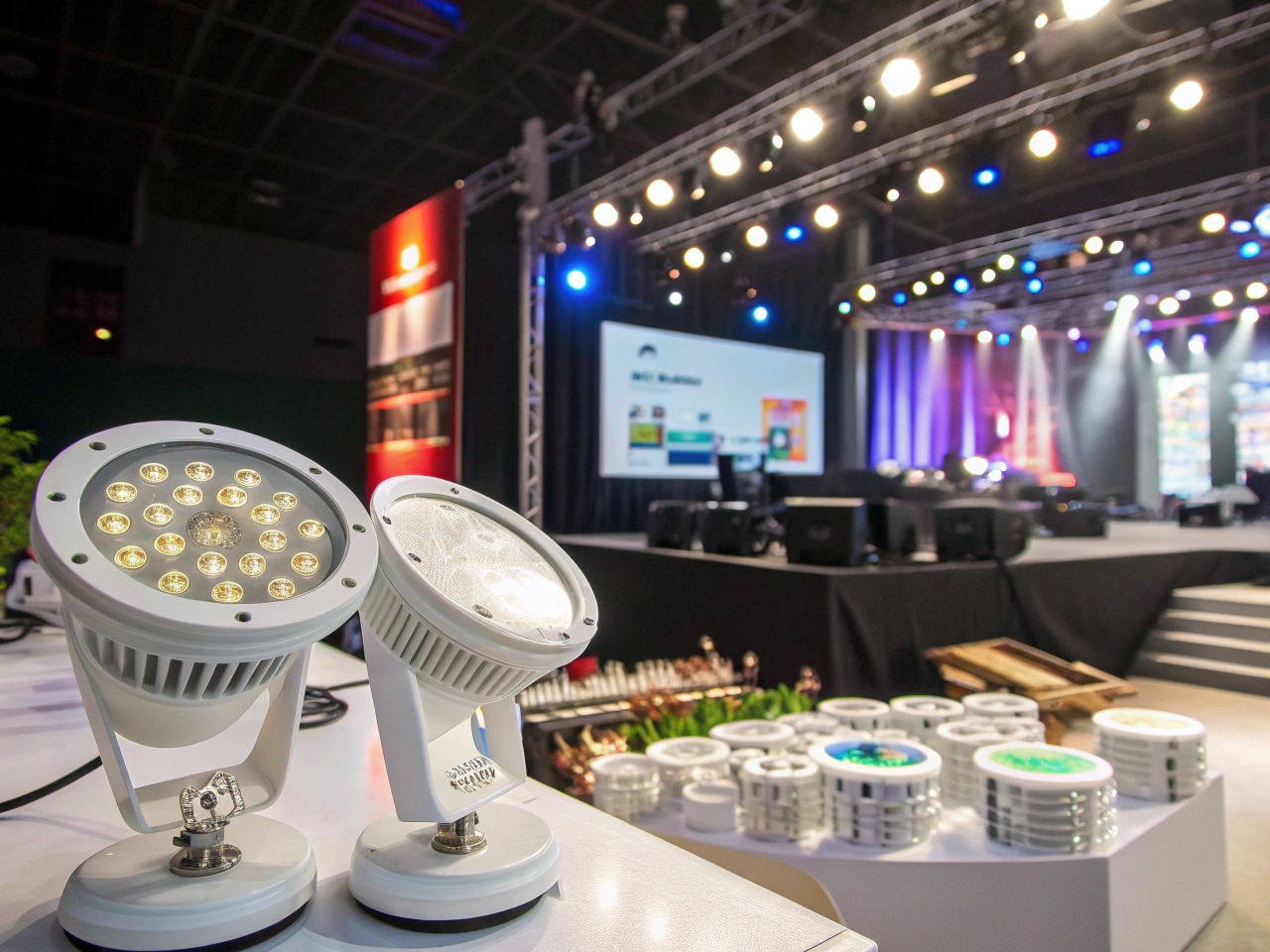
This question needs clarification. Are we talking about all lighting, or the world that you and I, and technicians like Nick, operate in? The largest lighting company on earth is Signify. They make billions selling light bulbs, office fixtures, and street lights. Entertainment lighting is a very small piece of their massive business. In our world, the world of stages and shows, "largest" has a different meaning. We measure it by influence, market share in the professional rental market, and presence on major international tours. By that measure, the leaders are a handful of specialized European companies. But I've learned that "largest" is the wrong question. The right question is, "Who is the right partner for my needs?" A massive company may not have the flexibility or focus that a specialized manufacturer like Monalight can provide. The best partner isn't the biggest; it's the one who understands your dreams and provides the reliable tools to light them up.
Conclusion
In the end, choosing a brand is choosing a partner. Look beyond size and focus on the factory's commitment to quality, innovation, and support for your creative vision.
-
Understand the critical role technicians play in ensuring successful lighting operations. ↩
-
Find out how global support enhances customer experience and product reliability. ↩
-
Find out how R&D drives innovation and quality in manufacturing processes. ↩
-
Explore the role of precision-engineered components in enhancing product performance. ↩
-
Learn about the benefits of high-CRI LED engines for achieving perfect color in lighting. ↩
You may also be interested in:
